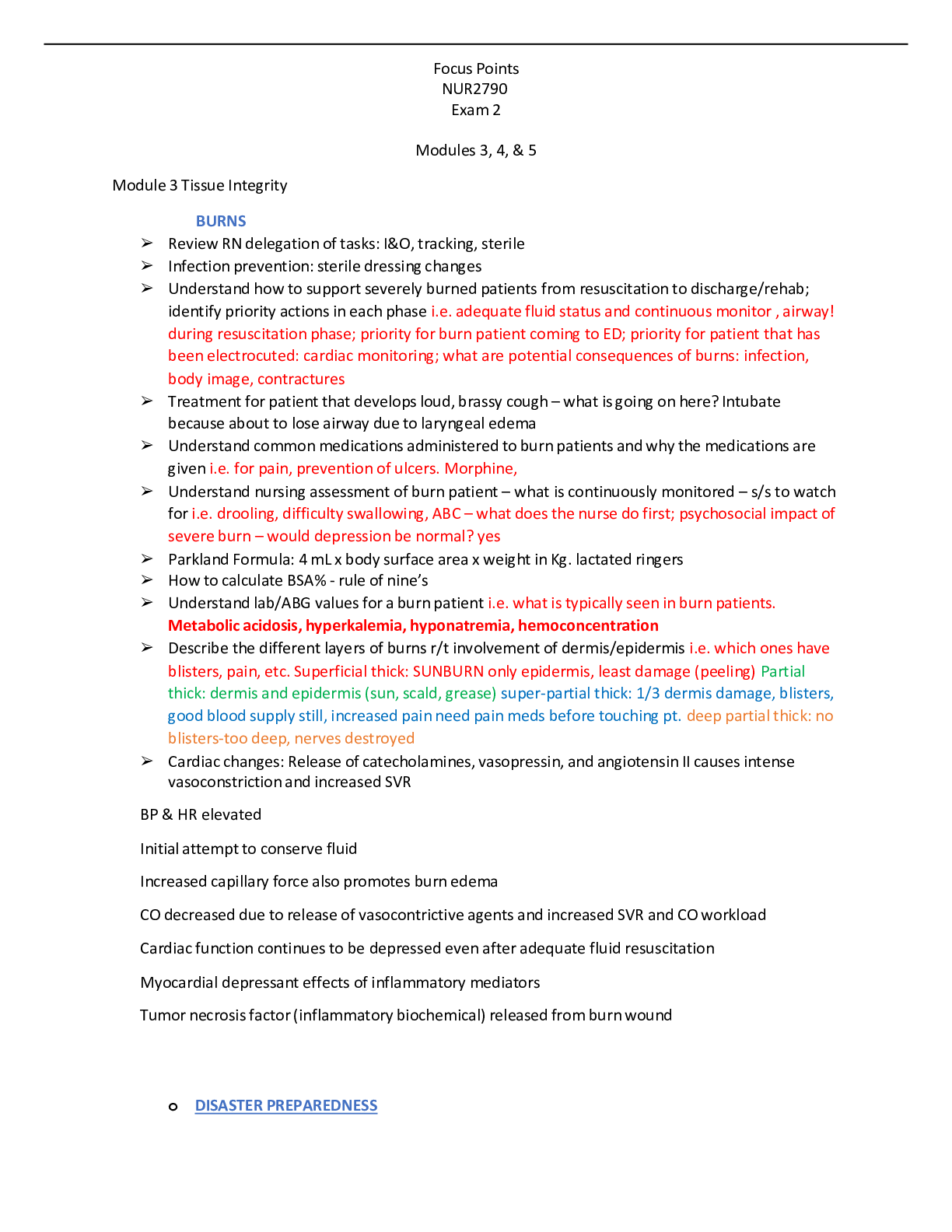*NURSING > STUDY GUIDE > NR 328 - EXAM ROK 3 (All)
NR 328 - EXAM ROK 3
Document Content and Description Below
ENDOCRINE Diabetes Mellitus: Chronic disorder of glucose metabolism related to absent/insufficient insulin, impaired utilization of insulin, or both. It is a metabolic disease characterized by h... yperglycemia. Complications CAD, HTN, PVD, retinopathy, nephropathy, neuropathy (↓ extrem) & infections Type 1: is characterized by the destruction of the pancreatic beta cells, which produce insulin; this results in absolute insulin deficiency. Autoimmune disease that is triggered. Ketones are more common and typically underweight. If insulin not given, fats are metabolized for energy and results in DKA. Onset is rapid and S/S usually acute o Clinical Manifestations: Classic signs of hyperglycemia – polyuria (urine), polydipsia (thirst), polyphagia (hunger); Weight loss may occur because body cannot get glucose and turns to other energy source such as fat and protein; weakness and fatigue; dry itchy skin; high risk for infection; ↓ wound healing Type 2: usually arises because of insulin resistance, in which the body fails to use insulin properly, combined with relative (rather than absolute) insulin deficiency. Usually sufficient to stabilize fat and protein metabolism but not carbohydrate metabolism. Dominant risk factor is obesity. S/S typically nonspecific but may experience classic symptoms of type 1. o Clinical Manifestations: May experience 3 P’s; weakness and fatigue, recurring infections and vaginal/candida infections; blurred vision; visual changes; signs of inadequate circulation and tingling/numbness in feet. DKA: High levels of ketones in blood; emergency situation. Retinopathy is complication. o DKA is a life threatening condition and is typically a complication of type 1 when there is a severe insulin deficiency and blood becomes concentrated with glucose (> 250 - hyperglycemia). Body metabolizes proteins/fats for energy; producing ketones - buildup makes blood more acidic (causes fruity breath). Can lead to diabetic coma or death. Onset over 4-10 hours. o S/S: fruity odor breath, Kussmaul respirations (to correct metabolic acidosis); ketones in urine; excessive thirst and dehydration (poor skin turgor, dry mucous membranes, sunken eyeball, tachycardia, weak pulse and OHTN) frequent urination, weakness, A/N/V. S/S of Hyperglycemia: Thirst, weakness, nausea, dry skin, flushed, weak pulse, blurred vision, BG > 250, fruity breath; increasing lethargy, and decreasing LOC. Urine should be tested for ketones when child is ill or when BG is consistently greater than 200. S/S of hypoglycemia: confusion, tremors, sweating, HA, dizziness, lethargy, palpitations, hunger, nausea, slurred speech, tingling around the mouth, and anxiety o 1 st confirm hypoglycemia: administer glucose immediately followed by complex carbohydrate and protein (peanut butter and bread) o Complications of Hypoglycemia: nephropathy, neuropathy, peripheral vascular disease o Management: < 70 - 15 g fast acting carb (4oz juice) and recheck in 15 min - if still ↓ repeat 2-3 times; if still give insulin IV or SQ. If unconscious - give glucagon injection. Long term effects: o Failure to grow at normal rate, Delayed maturation; Recurrent infections; Neuropathy; Cardiovascular disease; Retinal microvascular disease; Renal microvascular disease Diet: Child w/ DM plans to initiate a consultation w/ diabetic specialist to plan child’s care. o Diet training is early interventions. Dietary intake should include 3 balanced meals per day, eaten at regular intervals, plus a mid-afternoon snack and a bedtime snack. Consistent intake protein, fats, and carbohydrates (count and eat in mod) at each meal and snack is needed. Increase fiber. o Instruct to carry a source of glucose tablets, with them at all times to treat hypoglycemia w/ digestion to regulate insulin after meals. [Show More]
Last updated: 2 years ago
Preview 1 out of 10 pages
.png)
Buy this document to get the full access instantly
Instant Download Access after purchase
Buy NowInstant download
We Accept:

Reviews( 0 )
$7.00
Can't find what you want? Try our AI powered Search
Document information
Connected school, study & course
About the document
Uploaded On
Jun 04, 2021
Number of pages
10
Written in
Additional information
This document has been written for:
Uploaded
Jun 04, 2021
Downloads
0
Views
42


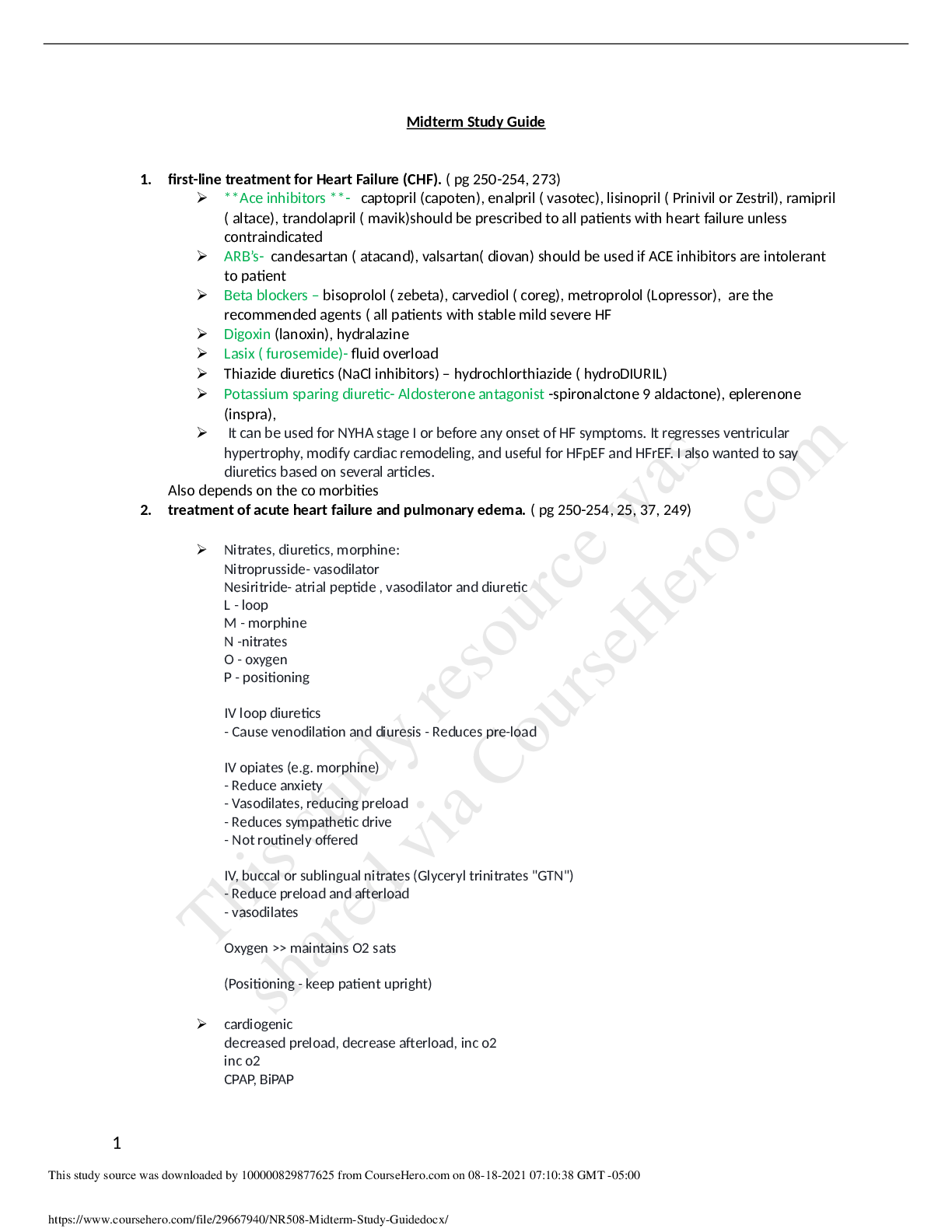
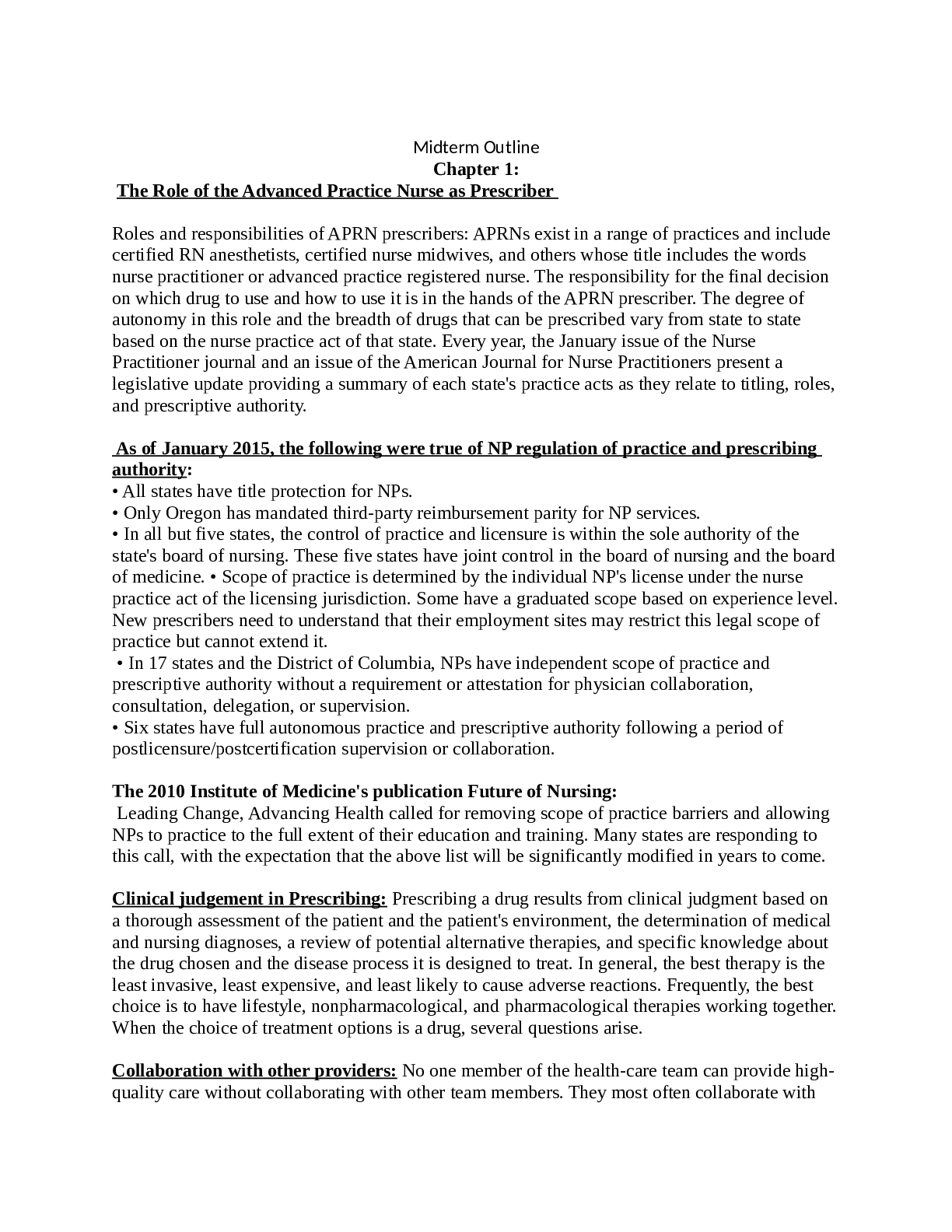
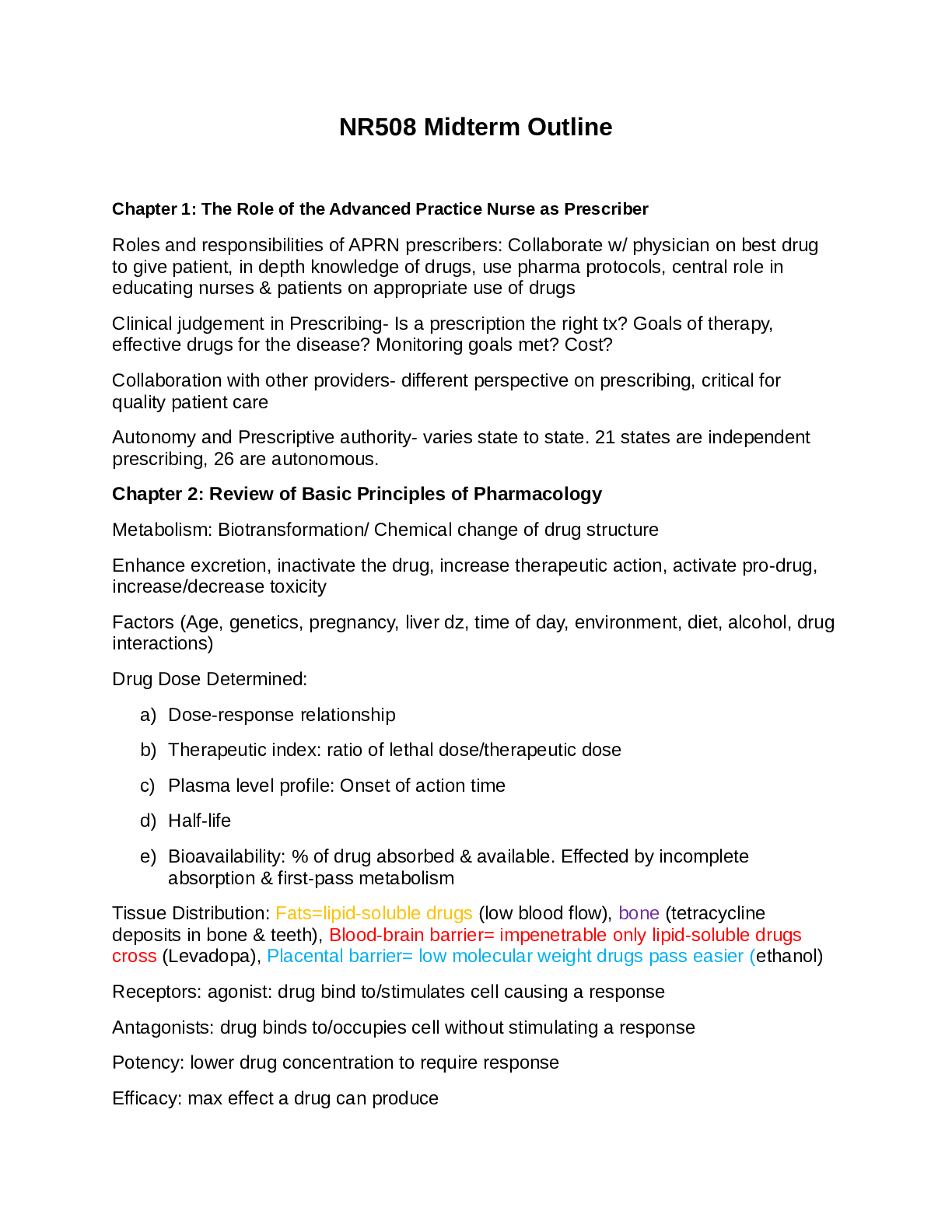
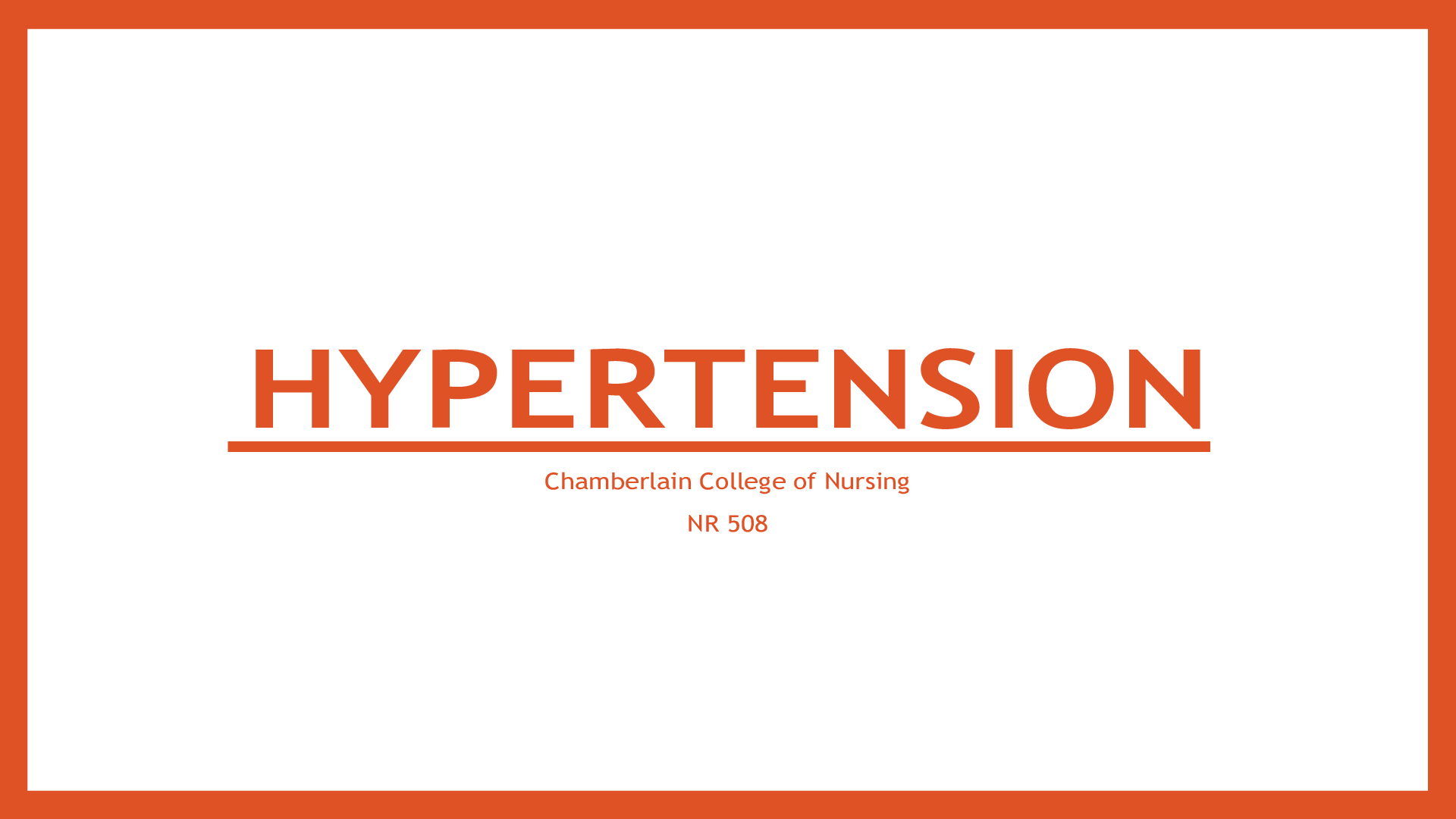
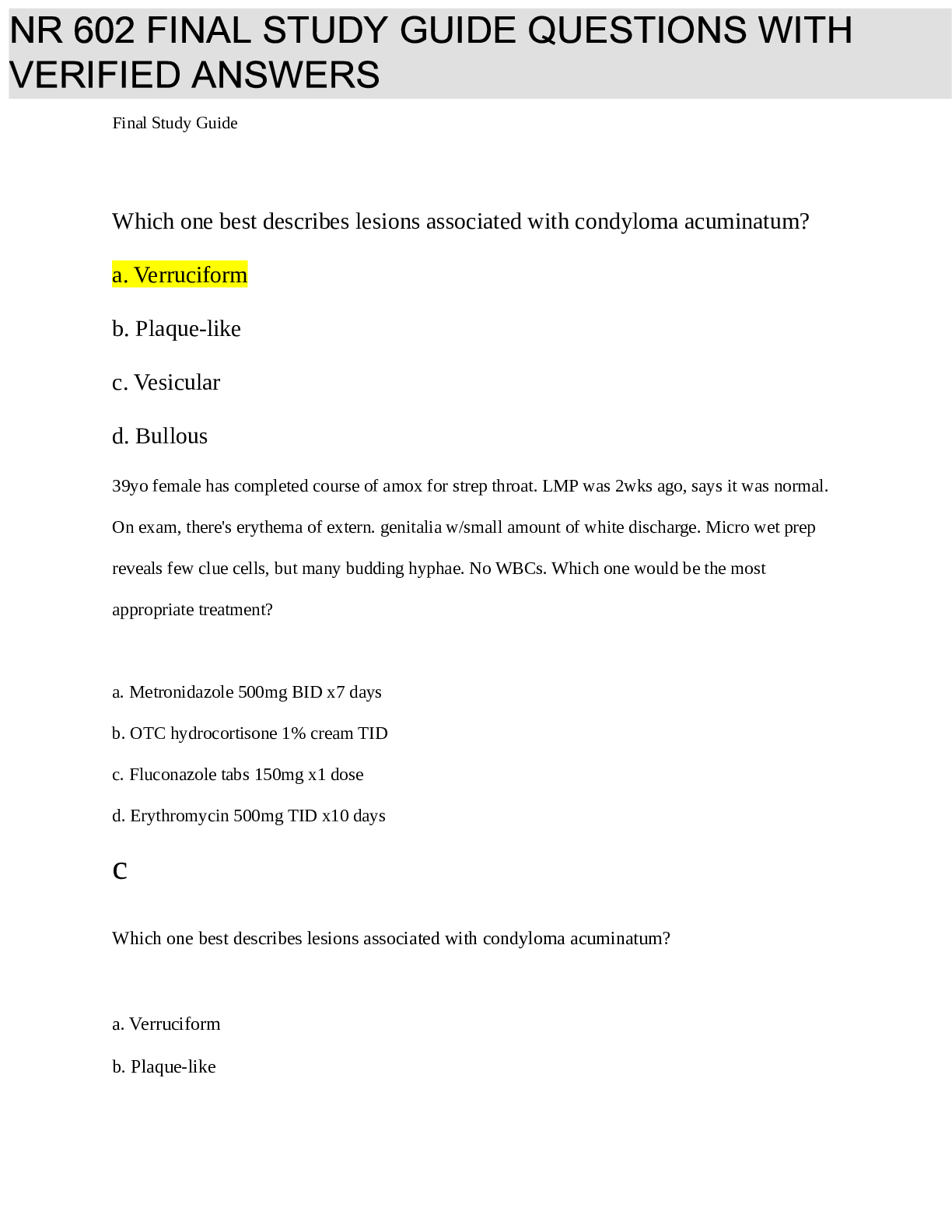
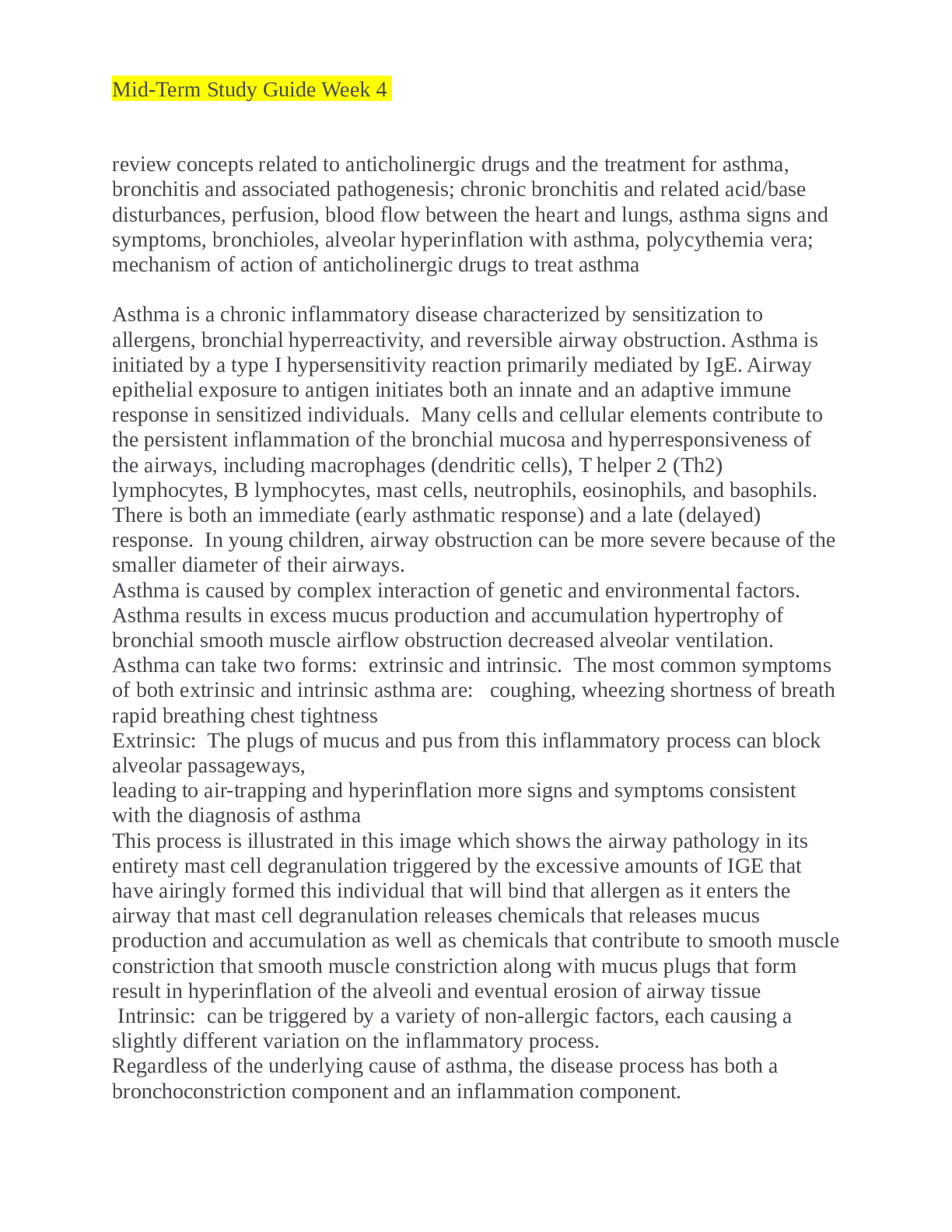
.png)
